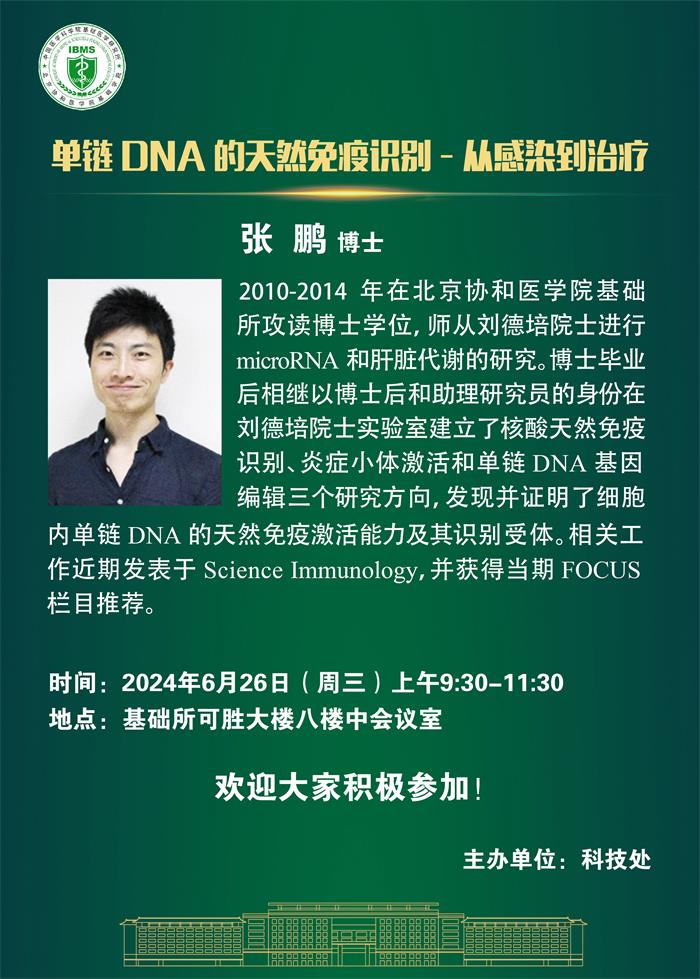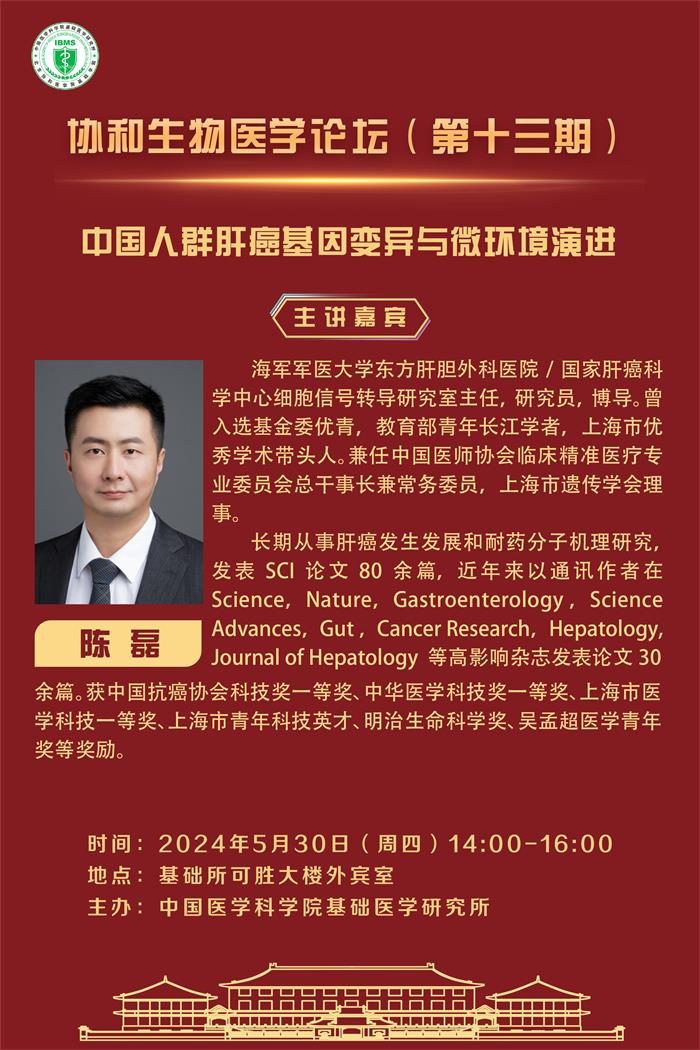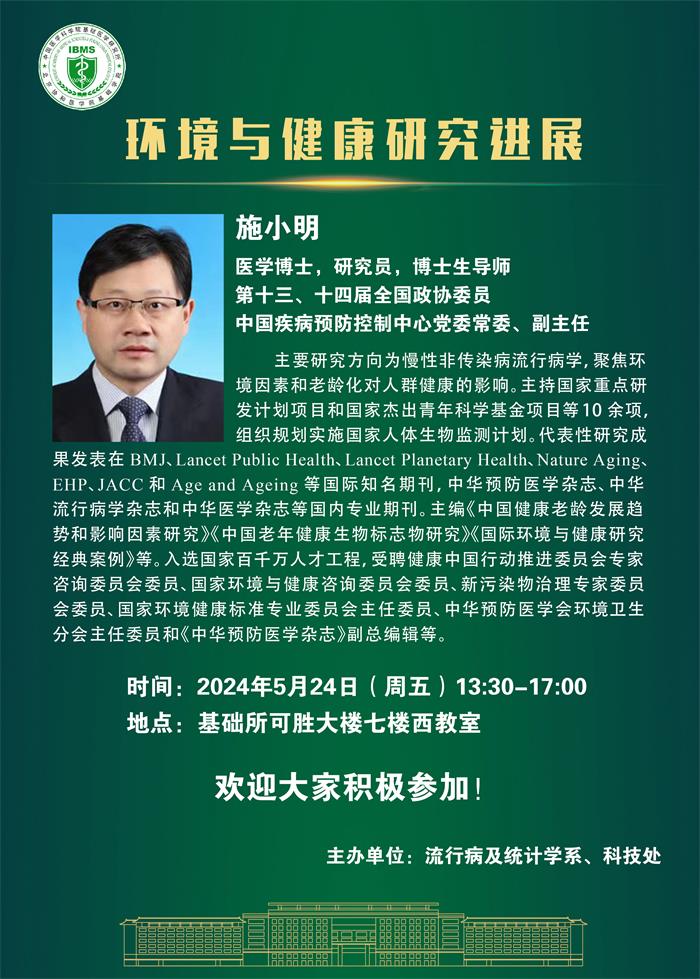Cationic nanoparticles directly bind angiotensin-converting enzyme 2 and induce acute lung injury in mice
Sun Y1, Guo F2, Zou Z3, Li C4, Hong X5,6,7, Zhao Y8, Wang C9, Wang H10, Liu H11, Yang P12, Han Z13, Liu K14, Kuba K15, Song B16, Gao J17, Mo Z18, Li D19, Li B20, Li Q21, Zhong N22, Wang C23, Penninger JM24, Jiang C25,26,27
Part Fibre Toxicol. 2015 Mar 7;12:4. PMID:25890286 [PubMed-in process] PMCID: PMC4395934
Abstract
BACKGROUND:
Nanoparticles have become a key technology in multiple industries. However, there are growing reports of the toxicity of nanomaterials to humans. In particular, nanomaterials have been linked to lung diseases. The molecular mechanisms of nanoparticle toxicity are largely unexplored.
METHODS:
Acute lung injury was induced in wild-type mice and angiotensin-coverting enzyme 2 (ACE2) knockout mice by the intratracheal instillation of cationic polyamidoamine dendrimer (PAMAM) nanoparticles. For rescue experiments, losartan (15 mg/kg in PBS) was injected intraperitoneally 30 min before nanoparticle administration.
RESULTS:
Some PAMAM nanoparticles, but not anionic PAMAM nanoparticles or carbon nanotubes, triggered acute lung failure in mice. Mechanistically, cationic nanoparticles can directly bind ACE2, decrease its activity and down-regulate its expression level in lung tissue, resulting in deregulation of the renin-angiotensin system. Gene inactivation of Ace2 can exacerbate lung injury. Importantly, the administration of losartan, which is an angiotensin II type I receptor antagonist, can ameliorate PAMAM nanoparticle-induced lung injury.
CONCLUSIONS:





